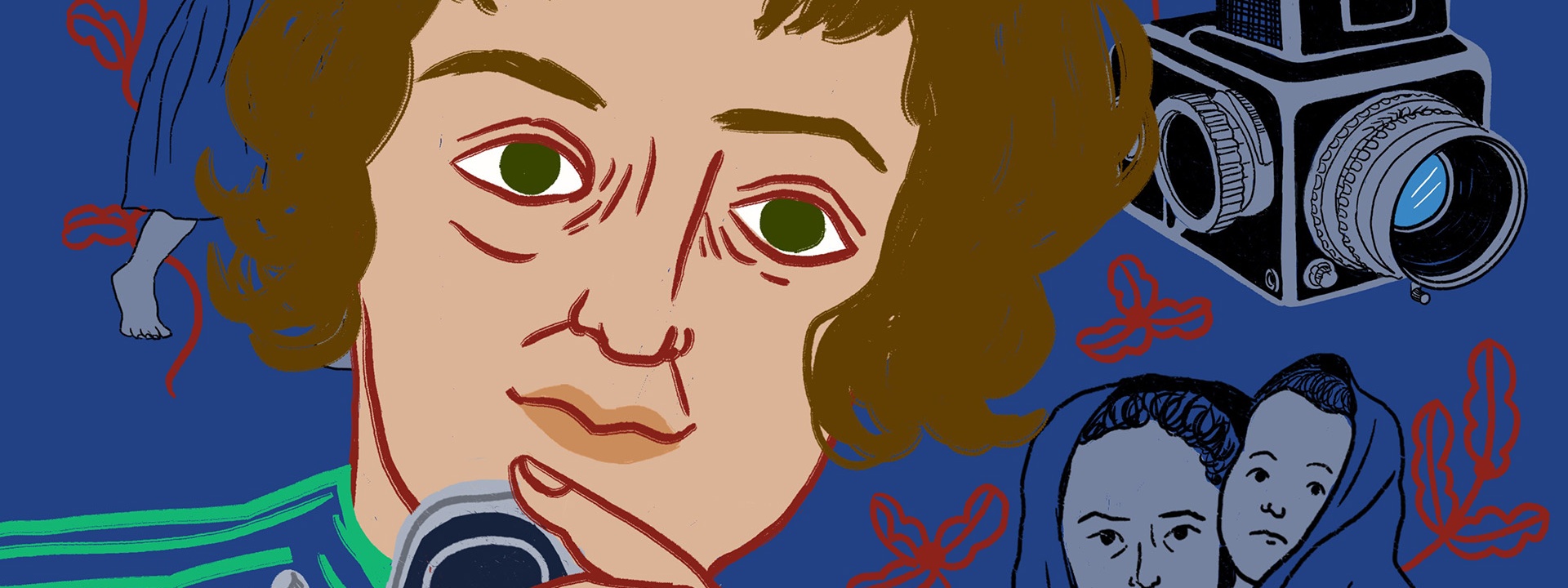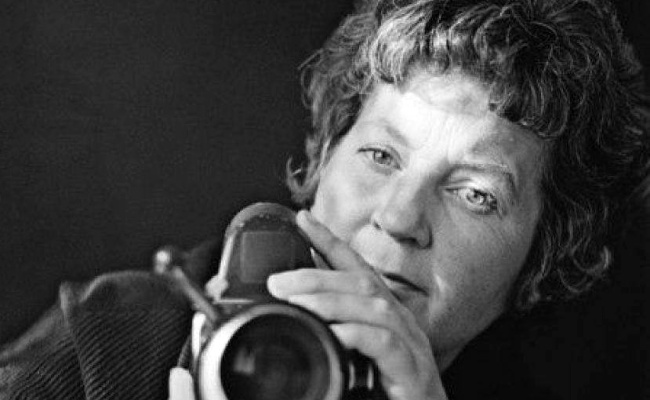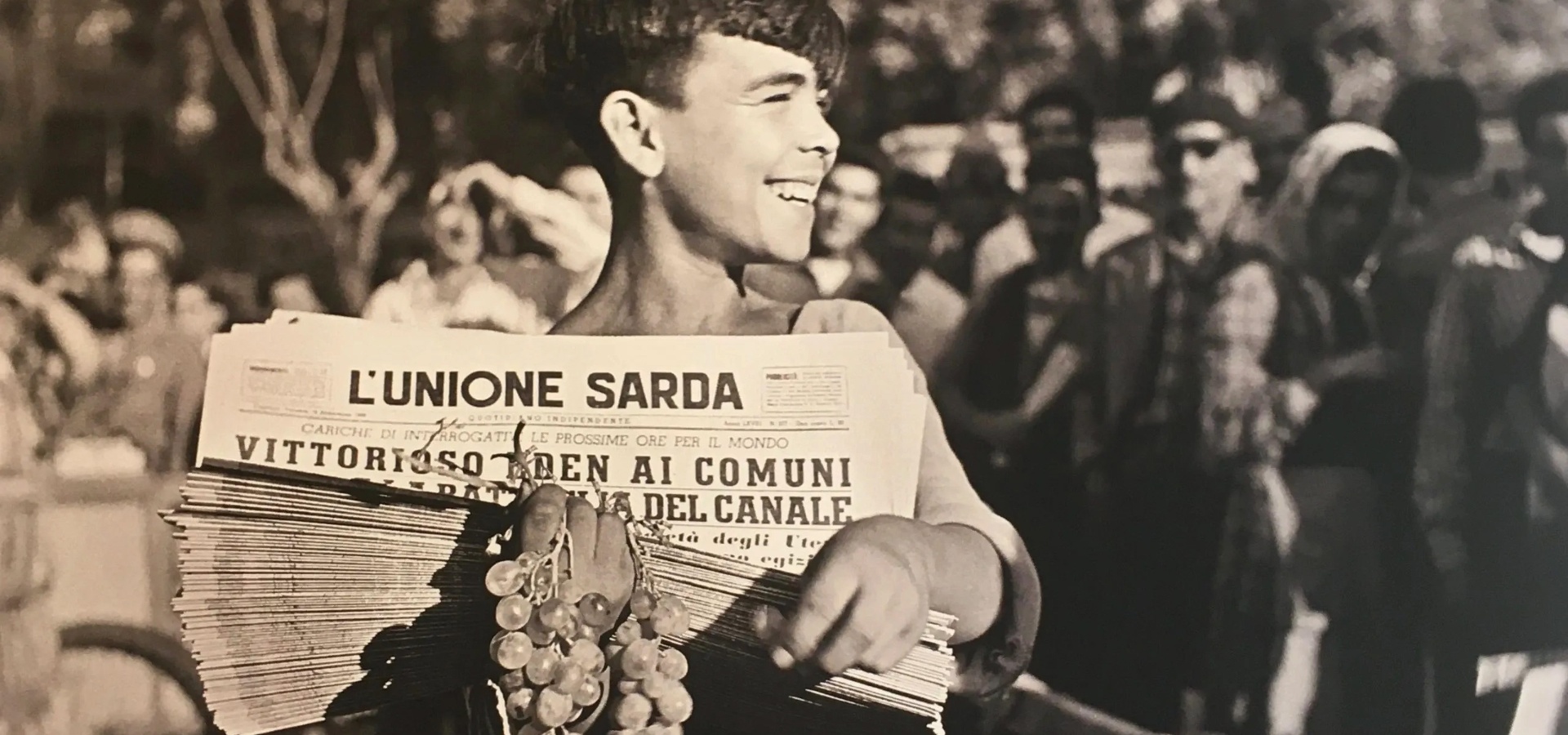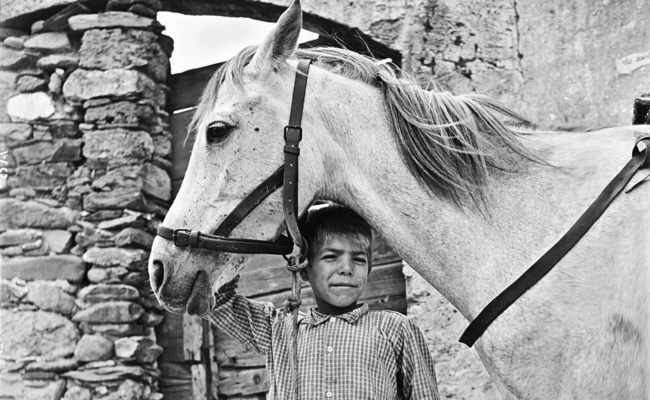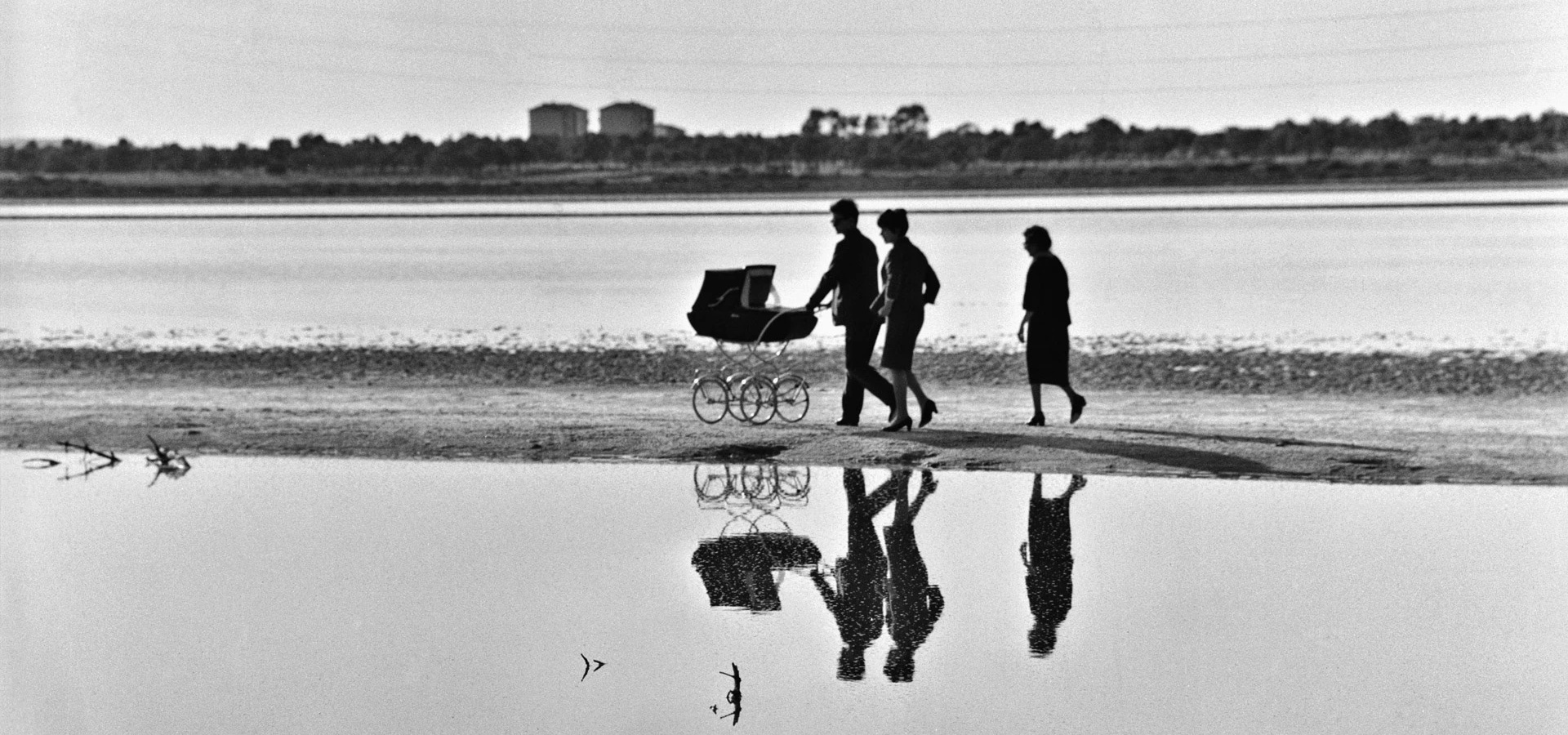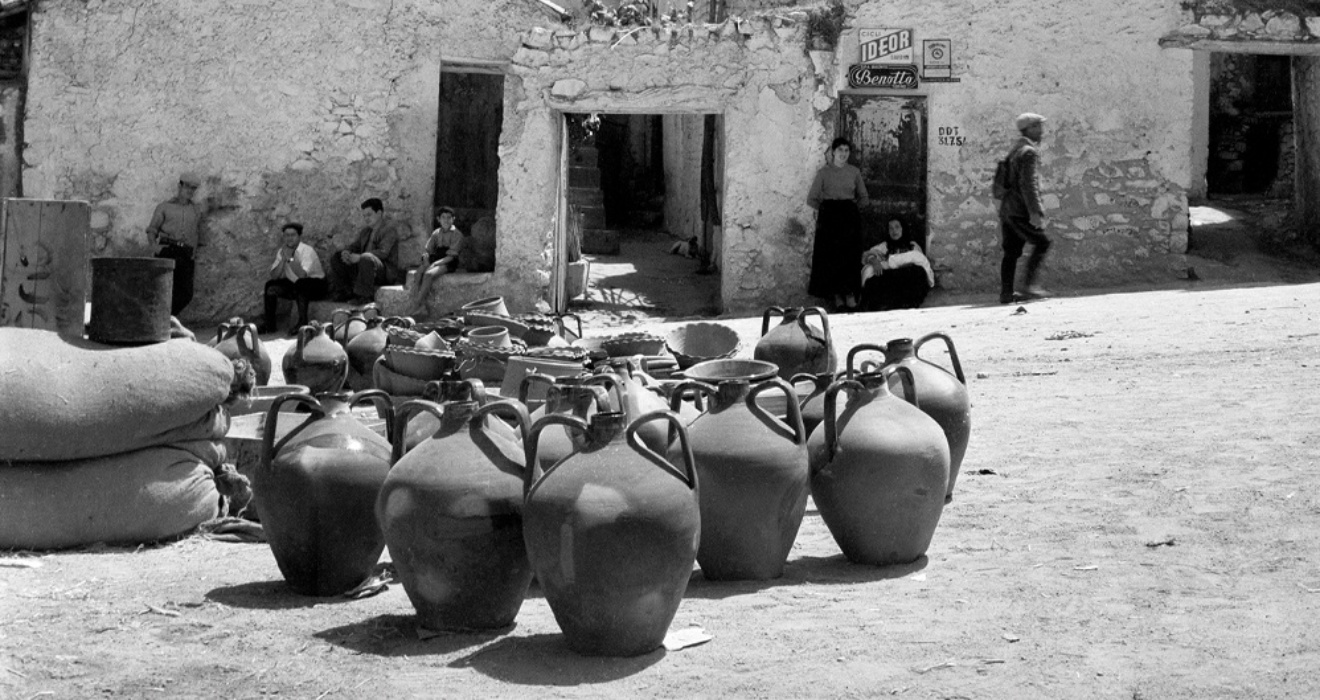Marianne Pfältzer was born in Hanau, Germany in 1926 to a middle-class family. Her mother passed down her own passion for photography, giving Marianne the Agfa Isolette she then used to take her first pictures.
Marianne Sin-Pfältzer
Description
In 1950, she came to Sardinia to work as a tutor for the family of an officer in the Italian Marines. There, she met Clelia, the daughter of Giuseppe Garibaldi, and took a few photographs of her. She returned to Germany to study photography in Munich, then moving to France to continue her studies in Marseilles and Paris.
She returned to Sardinia in 1955, with a Rollei 6x6 in hand, embarking on a trip that led her to Barbagia, where she met the Cagliari publisher Guido Fossataro, who involved her in the publication of Marcello Serra’s Sardegna, quasi un continente (1958).
Pfältzer travelled in Sardinia, Germany and the world at large, taking photographs non-stop and publishing them in books and magazines. She got married in 1961: the marriage didn’t last, but Marianne kept her husband’s surname, Sin, after their divorce, adding it to her own.
Sardinia became increasingly dear to her heart and her second home: her reportage illustrates the island’s delicate period of transition in the 1950s and 60s, capturing the persistence of tradition and the inebriating impact of modernity, with particular attention to childhood and the female world.
Her photographs stand out for their formal rigour, classical composition and empathy that never descends into sentimentality. Her technique and equipment (by this point she was using a Hasselblad) were used in the service of her sensitive, judicious eye, attentive to the psychology of her subjects and their relationship with the environment.
In her later years, she moved to Nuoro, where she began a partnership with Ilisso, a publishing house that organised a major retrospective and published an important monograph of her work, both in 2012. She died in 2015, at the age of eighty-nine, leaving an archive of 13,000 photographs that tell the story of seventy years in Sardinia.
 Nuorese Cultural District
Nuorese Cultural District